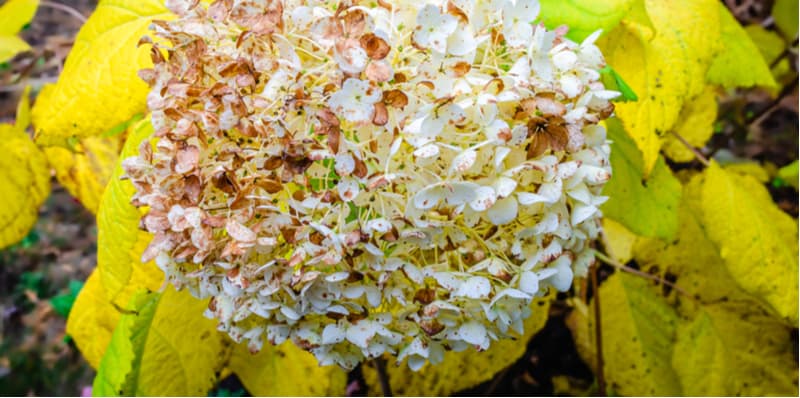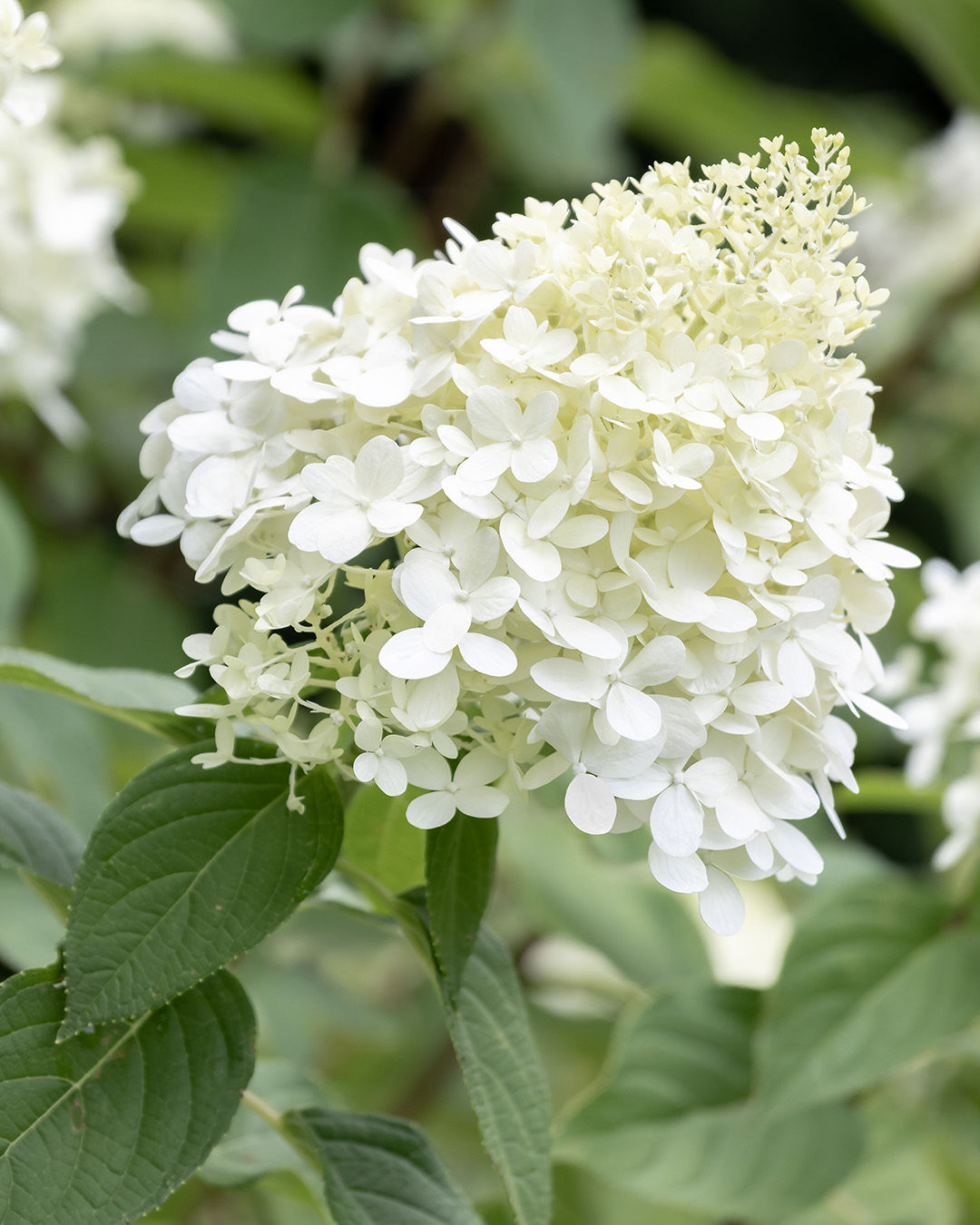How Hydrangea Leaves Turning Yellow can Save You Time, Stress, and Money.
Table of ContentsGetting My Hydrangea Leaves Turning Yellow To Work6 Simple Techniques For Hydrangea Leaves Turning YellowHydrangea Leaves Turning Yellow Can Be Fun For EveryoneHydrangea Leaves Turning Yellow for BeginnersFacts About Hydrangea Leaves Turning Yellow Revealed
The container must be huge enough so the plant can expand and get all of the water and nutrients it requires. Location the container on a deck, or in a shady place on a patio area. You can additionally change the plant with a panicle hydrangea. Panicles like the full sunlight.Regardless of the range, strategy in advance and make certain your plant has plenty of defense from the wind (Hydrangea Leaves Turning Yellow). You could transplant to a new location, or you might produce a wind barrier using an additional plant, or fence.
Ornamental grass, Rose of Sharon, or Holly shrubs are simply a couple of concepts of plants you could utilize to obstruct the wind. If you require to transplant, locate a spot in your yard that is well protected from sun and wind. Hair transplanting is best performed in the fall or the springtime.
Every one of the above scenarios can occur to any gardener. Luckily for everybody, hydrangeas are really resistant, and will certainly probably recover really rapidly with a little love and treatment. The plants place is the most crucial aspect when it involves obtaining recognized and correct growth. With a little planning on planting area and proper maintenance, you'll be able to guarantee your hydrangeas!.
All About Hydrangea Leaves Turning Yellow

You can save the plant from yellow leaves by using it the appropriate light and positioning. If your plant gets yellow leaves, move it to a dark area.
, and temperature level changes can cause yellowing leaves and brownish places. If it gets also cozy, the edges of the leaves end up being yellow, turn brownish and create a crunchy texture.

The Hydrangea Leaves Turning Yellow Diaries
Yet, yellow fallen leaves in Hydrangeas are the first signs of disease invasion, often complied with by black areas, browning, drops, and wilting. Isolate the diseased or pest-infested plant from the healthy plants to avoid disease spread. If it like it is a garden plant, eliminate all the contaminated fallen leaves using disinfected devices and tidy up all the debris.
Reducing off aids Hydrangea color unnecessary weight and protection, allowing the development of new leaves. The ideal time to trim Hydrangeas is springtime when the plant prepares to grow vegetation for the next period. Check for spent or unhealthy leaves and cut the base of a stalk that signs up with the leaves and stem.
Avoid reducing healthy or eco-friendly fallen leaves, and do not eliminate greater than 25% weblink of the plant's foliage. Collect the disposed of leaves to burn or compost them. The main factor behind the red fallen leaves in Hydrangea is inadequate soil or environmental problems. If Hydrangea fallen leaves have a white powdery material on them, it indicates Powdery Mold infection.
Also, repot the plant every year in spring or every 2 years if the growth rate is slow-moving.
What Does Hydrangea Leaves Turning Yellow Do?

There are 6 main reasons that this may occur:: The plant does not obtain enough sunlight.: The origins are either too damp or as well dry.: The plant is as well cold.: The dirt is not acidic or alkaline sufficient for the hydrangea.: The plant isn't getting the appropriate nutrients it needs to stay healthy.
Each factor influences the plant in a manner that can be taken care of if we understand how to care for hydrangeas the proper way. When we discuss insufficient light for hydrangeas, we mean that the plant isn't obtaining enough sunshine. Hydrangeas favor intense light, yet not direct, scorching sunlight. They commonly grow ideal with morning sunlight and mid-day shade.
Without sufficient sunshine, the leaves can transform yellow, the plant can end up being weak, and it could produce fewer flowers. To ensure a hydrangea gets adequate light, it ought to be positioned in a spot where it can delight in the early morning light go to this website and be safeguarded from the extreme mid-day sunlight. Overwatering is when a hydrangea plant gets more water than it requires.
Without enough air, the roots can not do their work well, and the plant begins to suffer. Yellow leaves may be an indicator that the plant is obtaining excessive water. On the various other hand, dehydration occurs when the plant does not obtain adequate water. Like individuals, plants need water to stay healthy.
What Does Hydrangea Leaves Turning Yellow Do?
This problem prevails in the autumn as the weather changes or if a hydrangea is planted in a place where it does not get sufficient warmth from the sun. It's essential to know the right problems for hydrangeas to avoid low-temperature tension. For instance, a lot of hydrangeas grow ideal in areas 6 to 9, where the climate is milder.
It's vital to understand that this kind of yellowing is various from the yellowing caused by troubles like excessive water or otherwise enough light. Therefore, if the yellow fallen leaves are mainly at the bottom of the plant et cetera of the plant looks healthy, it could just suggest that the leaves are merely getting old.